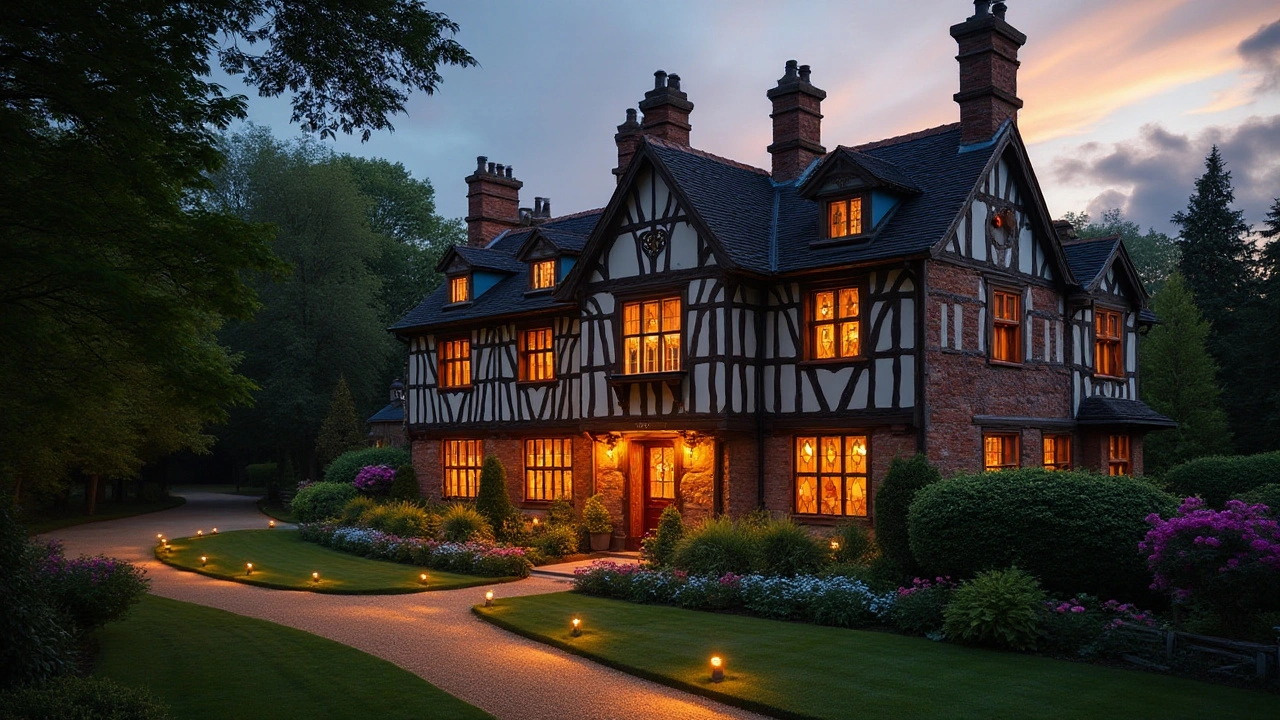Tudor architecture, originating in the late medieval period of England, continues to cast a significant influence on modern design. Characterized by its distinctive timber framing, steeply pitched gables, and elaborate masonry, Tudor style finds its echoes in contemporary homes worldwide. By blending historical elements with modern sensibilities, it provides a timeless charm and functionality. The article explores this fascinating architectural evolution and offers insights into integrating Tudor influences into today’s design landscape.
Design Influence: Spotting and Using Historic Styles Today
Want to recognize where a building’s look really comes from? Design influence shows up everywhere—columns, cornices, sleek steel frames, even a chair. Once you learn the signs, you’ll read cities and interiors like a map instead of just walking through them.
Start with one clear example: classical columns still show up in civic buildings, while Beaux-Arts taught cities to value grand boulevards and symmetry. Those are design influences you can trace: form follows a story. Knowing that story helps you copy the right detail for the right reason, not just for decoration.
How to spot design influences
Look for repeating clues. Materials (brick, stone, glass), proportions (tall vs squat), and motifs (arches, columns, geometric patterns) tell you which style left a mark. For instance, sash windows and strict symmetry point to Georgian influence; exposed steel beams and mechanical systems hint at High-Tech roots. Walk a block and pick three features—then match them to a style you know.
Pay attention to scale. A column on a house is decorative, but a column on a courthouse anchors civic power. Scale shows whether the influence is literal or just a nod. Also note function: is the arch structural, or is it there to make a room feel taller? That difference matters when you reuse a style in renovations.
Practical ways to use design influence
Want to apply these ideas at home or in a project? Start small. Use a single, authentic element—like a Doric column-inspired porch post or a Bauhaus lighting fixture—then keep the rest simple so the influence reads clearly. Mixing too many historic cues creates visual confusion.
If you’re renovating an old building, follow its strongest influence rather than erasing it. For example, a Greek Revival house benefits from preserved moldings and a clear entry sequence; add modern systems behind the walls instead of layering unrelated trim. That keeps the character while improving comfort.
When blending periods, pick a dominant language and let a second style act as punctuation. Pair Mid-Century furniture with a clean modern interior, or add subtle Beaux-Arts molding to a contemporary lobby. The trick is balance: one voice leads, the other supports.
Also think about context. Colonial and regional styles reflect climate and culture—clay tile roofs for sun, deep porches for shade—so borrowing those elements only makes sense if they solve real problems. Use historic tricks because they work, not just because they look good.
Final tip: document what you keep and why. That helps future owners and designers understand the choices and preserves the real value of the influence instead of cheap pastiche.
Design influence is a toolkit. Learn to read it, choose parts that solve problems, and use them with restraint. You’ll end up with spaces that feel familiar and fresh at the same time.

